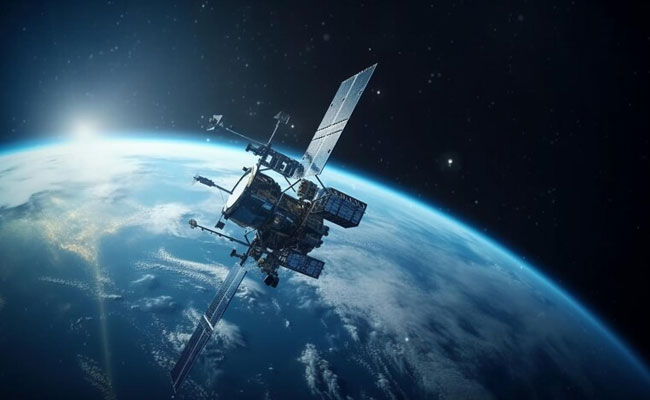Ways to decipher earthquake precursors using space-based observations
Sakshi Education

- The reflection of earthquake source processes in the ionosphere offers a potential avenue for deciphering earthquake precursors through space-based observations, as indicated by a recent study.
- The study reveals that earthquake processes, even those of smaller magnitudes, leave their imprint on the ionosphere by influencing the amplitudes and periods of coseismic ionospheric perturbations (CIP). Factors such as geomagnetism and line-of-sight geometry further contribute to these perturbations.
- This groundbreaking insight opens the possibility of observing earthquake source processes from space, facilitating the exploration of earthquake precursors through space-based observations.
- Coseismic vertical movements in the Earth's crust generate acoustic waves (AWs) in the atmosphere. These waves propagate upward, reaching the ionosphere and causing disruptions in the number of electrons along the line of sight connecting ground-based Global Navigation Satellite System (GNSS) receivers and satellites.
- These disruptions are termed coseismic ionospheric perturbations (CIP). Typically occurring within 500–600 km of the seismic source, these near-field CIP have been previously studied assuming point sources with maximum vertical displacements, often modeled as a single acoustic pulse from the surface.
- However, the study highlights that significant earthquakes involve ruptures across multiple fault segments spanning hundreds of kilometers, rendering the single-source assumption inappropriate for such large seismic events.
>> Download Current Affairs PDFs Here
Download Sakshi Education Mobile APP

Published date : 25 Nov 2023 05:11PM




















